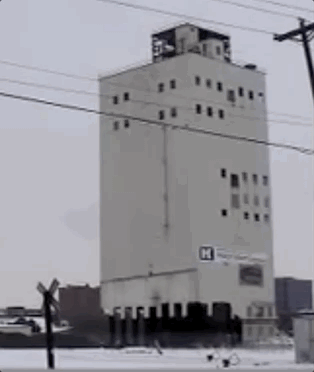Ѧρσ$†l£ѴڃrDɜ
New Member
(Apologies to the group for the sidebar) Are you aware that sufficient information exists about the construction of WTC 7 to create one's own FEA model (if one has the time and software to do so) and that this has been done by others?... Has all the input data files released so universities and other knowledgeable people can run the simulation themselves and see how it was built. I don't buy the argument that this would jeopardize public safety at all.
I personally also scratch my head at the public safety argument, but it doesn't change the fact that people with appropriate engineering knowledge can make an FEA of WTC 7 even without NIST's input data. I would in fact expect a competent forensic SE to be able to do exactly this with all of the published information available.
Last edited:

